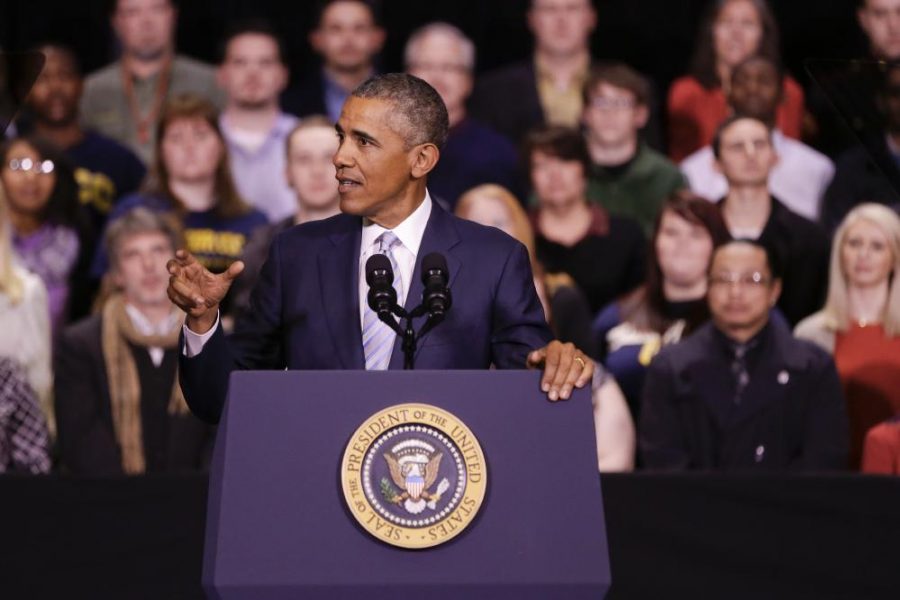Obama’s Plan for Free Community College
February 17, 2015
On Friday, January 9th, President Barack Obama unveiled a proposal to make community college free to qualified Americans. The ambitious proposal has gained accolades from those in the media who support greater college education access and criticisms from those who have doubts about its success. The free community college debate arouses public interest as this could bring monumental change to education and the economy. In greater detail, the framework of the plan consists of spending an estimated $60 billion over ten years to cover the tuition and fees for the two free years of community college to full-time and half-time students who maintain a 2.5 grade point average (C+ average) or higher.
There is great support for the president’s proposal with sixty percent of Americans in favor and thirty-two percent opposed. Tuition-free community colleges confer a sense of expectation on high schoolers that they will, indeed, go on to college, regardless of whether it is the first step to a doctorate or a chance to learn technical skills to join the workforce. But by waiving tuition, as a society we are putting resources into things we value; government spending reflects our priorities.
Thalia Hull (12) believes “that free community college is a wonderful idea” since “the prices for attending college have only been shooting up and those two years are a second chance to many people” and the two free years “will help stabilize the increasing gap between the rich and the poor.”
However, others disagree with the supporters of the recent proposal. Rather than directing more students to attend community colleges, the money could be better spent helping students already in the system to succeed. Those opposed to the proposal believe that the federal funds to be spent on the proposal could help other students who are in extreme debt of student loans. Student loans carry on long in life and the opposition thinks that some imminent free community college students will not take the proposal seriously and waste the money while students in college are suffering in a lifelong debt. In addition, over the weekend, senior administration officials readdressed the issue and claimed that Obama will call for the capital gains rate on Americans earning more than $500,000 per year from 23.8 to 28 percent. Those in opposition do not want to pay additional tax dollars for the education of others.
For those who are unsure of their stance, they hinder under the argument that it will be nice to have additional free education; however, they have uncertainties regarding its effectiveness. Mr. Honig, in accordance with the neutral side, thinks that “nothing is for ‘free’” because someone will “have to pay teacher salaries and maintain facilities” and that someone is the taxpayers. Although free community college sounds like a great idea in theory, but in practice this will be hard to accomplish as the benefits will go towards the indigent and with this, Congress will levy heavier taxes on the taxpayers (middle and upper classes).
Free community college is a great step towards the expansion of American education, yet a fumble towards others who argue for other use of the funds.




































